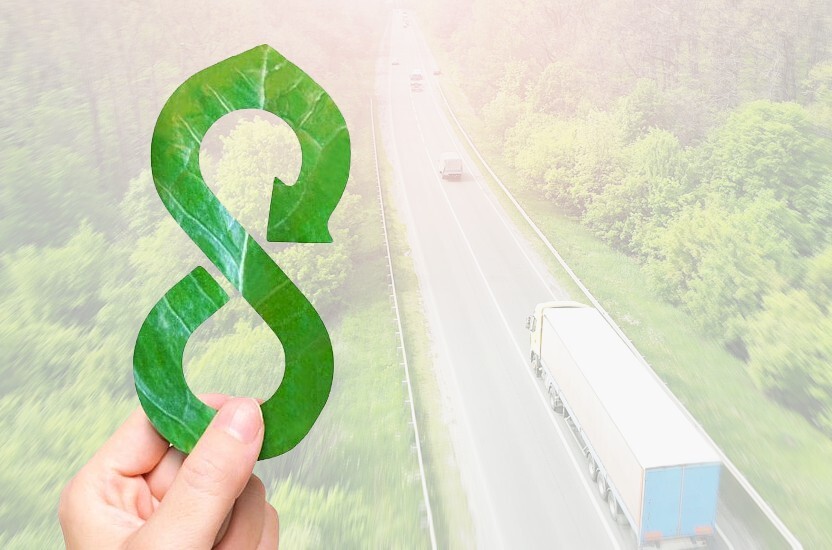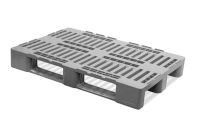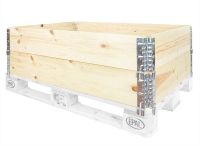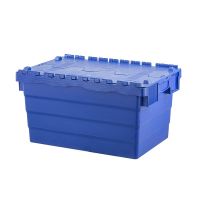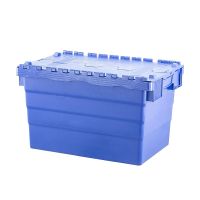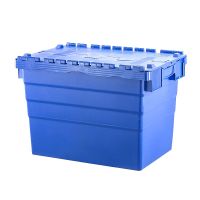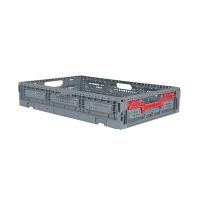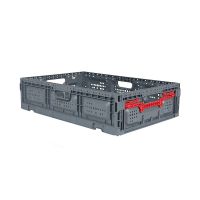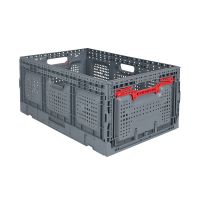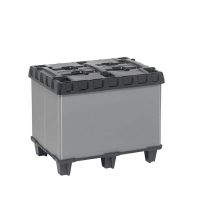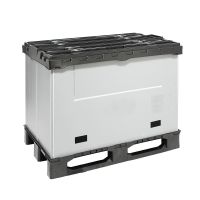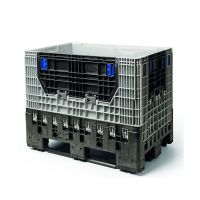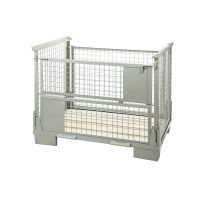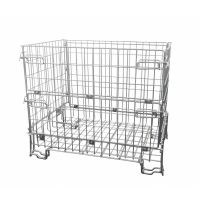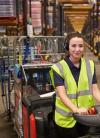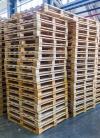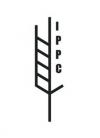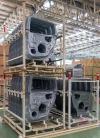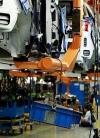Did you know that European Union member states produce more than 2.5 billion tons of waste each year?1 The main reason is attributed to the traditional linear economic model based on the "take-produce-consume-throw away" scheme. This model relies on large quantities of cheap, readily available materials and energy.
Choosing a different consumption model is a priority today. In March 2020. The European Commission presented, as part of the European Green Deal and in line with the proposed new industrial strategy, a new circular economy roadmap2, which includes proposals for more sustainable product design, waste reduction and consumer empowerment. Executive Vice President for the European Green Deal, Frans Timmermans, said:
"To achieve climate neutrality by 2050, protect our environment and strengthen our economic competitiveness, a fully circular economy is needed. Today, our economy is still mostly linear, with only 12% of materials and secondary resources being reused. Many products break down too easily, cannot be reused, repaired or recycled, or are designed for single use only. There is huge potential to be tapped for both businesses and consumers."
With the transition to a circular economy, solutions are being put in place to minimise negative environmental impacts. This includes rental, reusing, repairing, maintaining and recycling existing materials and products for as long as possible. In this way, the life cycle of products is extended. In practice, this means reducing waste to a minimum. When a product reaches the end of its useful life, the material from which it is made is used for as long as possible. In this way, it can be used productively multiple times.
This also applies to logistics processes, as the logistics sector currently contributes 8% of global CO2 emissions. Unlike many other sectors, emissions from freight transport continue to rise. This clearly shows that changes need to be made. The solution is "green logistics".
What is the "green logistics" phenomenon?
Due to environmental pollution, "green logistics" is becoming an increasingly popular term in recent years. It refers to all efforts to minimize the environmental impact of negative logistics activities, including implementing more sustainable operational processes and lowering emissions. The main goal of green logistics is to coordinate logistics activities and implement them in a way that benefits both the economy, the environment and society.
The Rotom Group has for years noted the positive impact of alternatives aimed at reusing packaging, designing it to minimise waste and extend its life cycle. These are just some of the services that are not only environmentally sustainable, but contribute to the optimal use of packaging already in circulation.
What's more, they are ideal services for times of supply disruption, as is currently the case when the market high timber and steel prices are soaring. We'll examine some solutions and their positive impact on the environment
Creating custom packaging reduces waste
Many of our clients are noticing the benefits of designing custom metal or wood packaging. By creating custom pallets and pallet crates that fit exactly into the available space, you can make better use of the available cargo space. You can then transport up to 28.5% more product, saving on the number of trips you have to make, thereby reducing your carbon footprint.
What's more, by replacing single-use packaging with a suitable pallet top or plastic crate, you gain a reusable product and no additional use of cartons, stretch film or tape to protect your goods. This way you reduce the amount of waste produced.
The use of returnable packaging reduces raw material consumption.
Why should you consider switching from disposable to reusable packaging? In addition to its high durability, a product can go through the entire supply chain in the same packaging, multiple times. Such packaging circulates throughout its life cycle in closed circuit (pooling) between supplier and customer. With approximately 100 rotations, the life cycle of such packaging is 7 to 10 years. After use, the container is returned to the supplier and reprocessed to produce new packaging.
It has been proven, for example, that reusable plastic containers for fruit and vegetables produce 60% lower CO2 emissions than cardboard packaging.3 This minimizes the use of new raw materials and reduces the amount of waste produced.This benefits not only the environment, but the entrepreneur himself because for a packaging that works in a closed loop, you do not have to pay a tax on putting plastic on the market.
For example, on the return journey, a standard 13.6 m long trailer will hold 96 Gitterboxes in fixed, non-folding form. In contrast, when the Gitterbox is folded, 264 boxes will fit in the same trailer. This means 2.7 times fewer return trips and therefore less fuel consumption and CO2 emissions.
Repair and reuse many times - maintenance of pallets, metal packaging
The point of "green logistics" is to keep products and materials in use as long as possible. Therefore, Rotom insists on using used pallets, metal or plastic containers which are 100% functional as they have been previously subjected to detailed repair by experienced specialists in this field. We have special EPAL certificates enabling us to repair pallets and Gitterboxes to the highest quality standards. Regular maintenance of packaging means that you can postpone the cost of buying new carriers and focus on other logistic processes. What is more, thanks to the repair you extend the life of your packaging and at the same time you protect the environment by preventing e.g. tree felling.
Recycle packaging that can be reused
Often packaging such as wooden pallets after a single use are left to the end user because they are no longer needed. Nowadays many companies have problems with packaging waste recycling and constantly changing regulations in this field. Therefore, a good solution is to establish cooperation with a company dealing with recovery of packaging.
Rotom encourages the return of such pallets and reuse. We can collect your pallets from the customer and then return them to your company for reuse. The pallets will be inspected and repaired to ensure they can be reused. This process allows you to reuse your existing pallets, so you don't have to buy new replacement pallets to distribute your goods.
"To achieve climate neutrality by 2050, protect our environment and strengthen our economic competitiveness, a fully circular economy is needed. Today, our economy is still mostly linear, with only 12% of secondary materials and resources being reused.(...)" - Frans Timmermans
New pallets are significantly more expensive than refurbished pallets, so by using our recovery for reuse service, you can reduce your packaging expenses by up to 50%. Reuse is also a better option for the environment than recycling.
Rent packaging if you need it for a strictly limited time
If you only need packaging for a limited period of time due to, for example, peak production or orders, it is worth taking advantage of packaging rental services. Then you do not incur the costs associated with purchasing new, often expensive pallets and other packaging. Moreover, you support the project of reusing products. This is beneficial in terms of cost and time because you don't have to worry about the packaging you need, but rather focus on your business. You benefit from the existing pool of available packaging, while at the same time preventing contamination from the production of new packaging.
Change your approach to packaging use
Global warming and climate change adversely affect everyone. However, companies can help mitigate climate change by engaging in green logistics. By doing so, they not only help the planet, but also their own businesses.
We are your partner in this effort. If you would like to talk about an alternative approach to your supply chain and set your sights on becoming more sustainable, we are here to help. Contact our expert advisors and we will help you choose the best solution for your industry.


